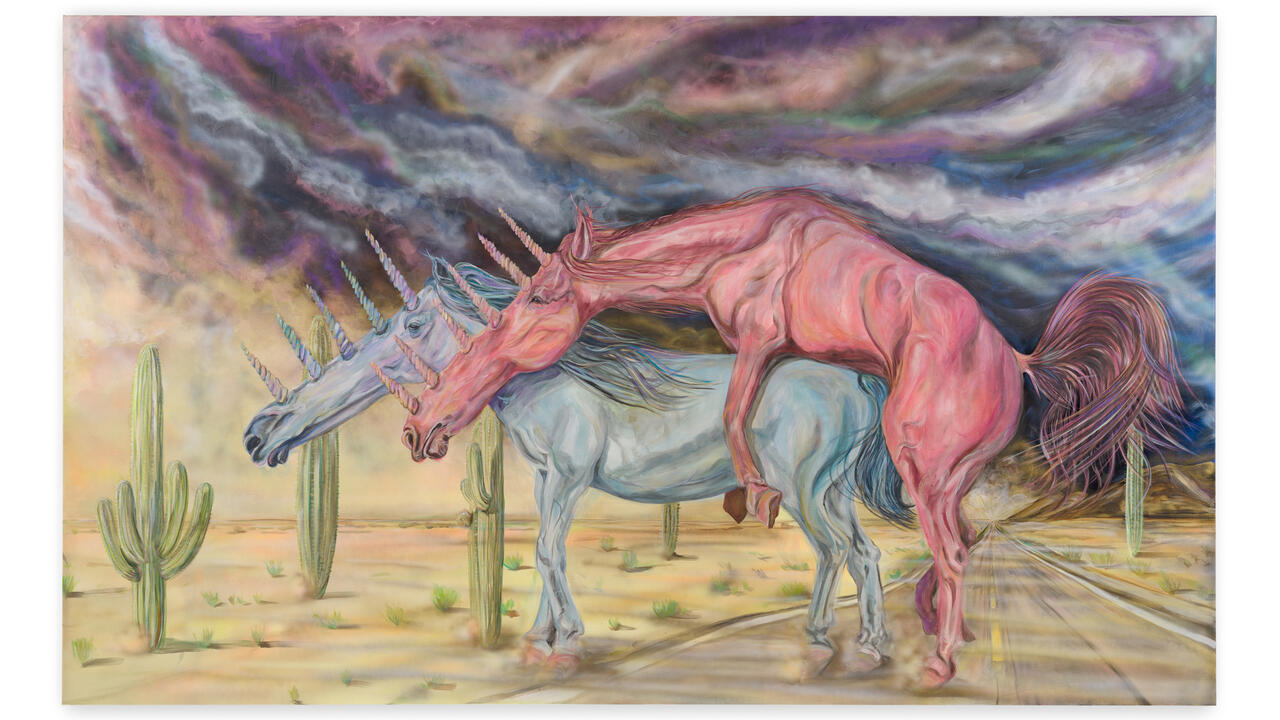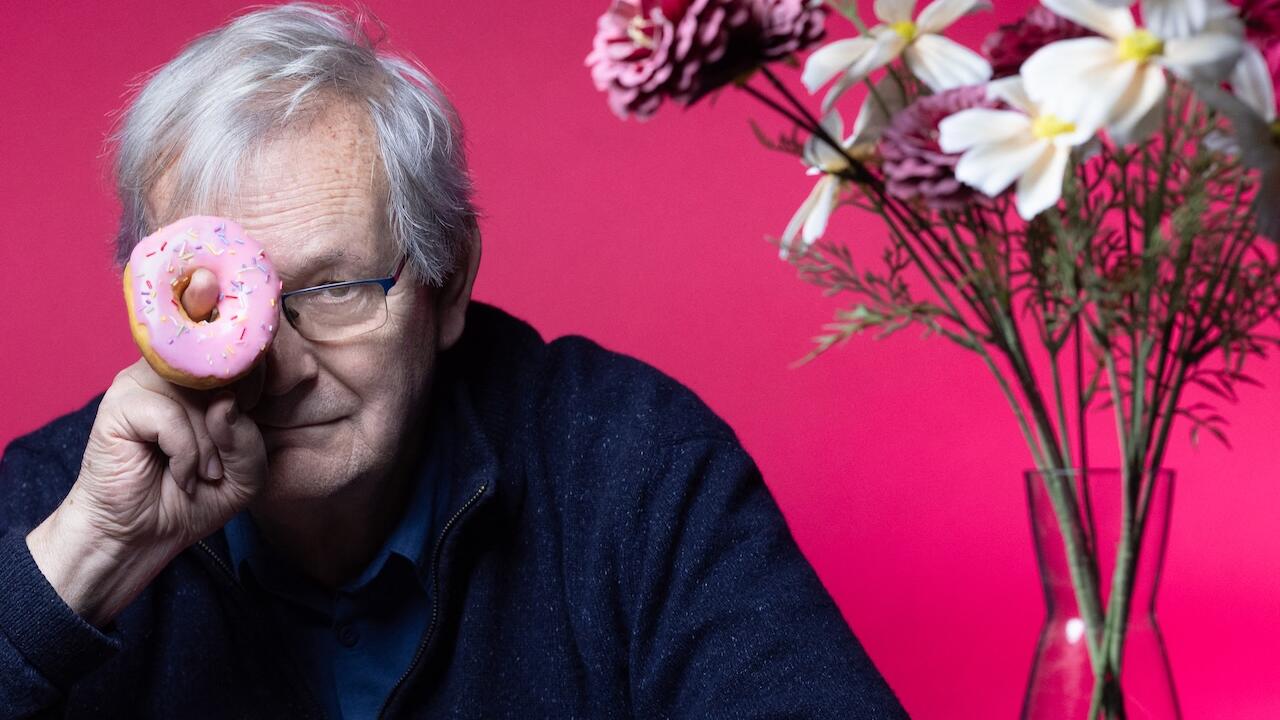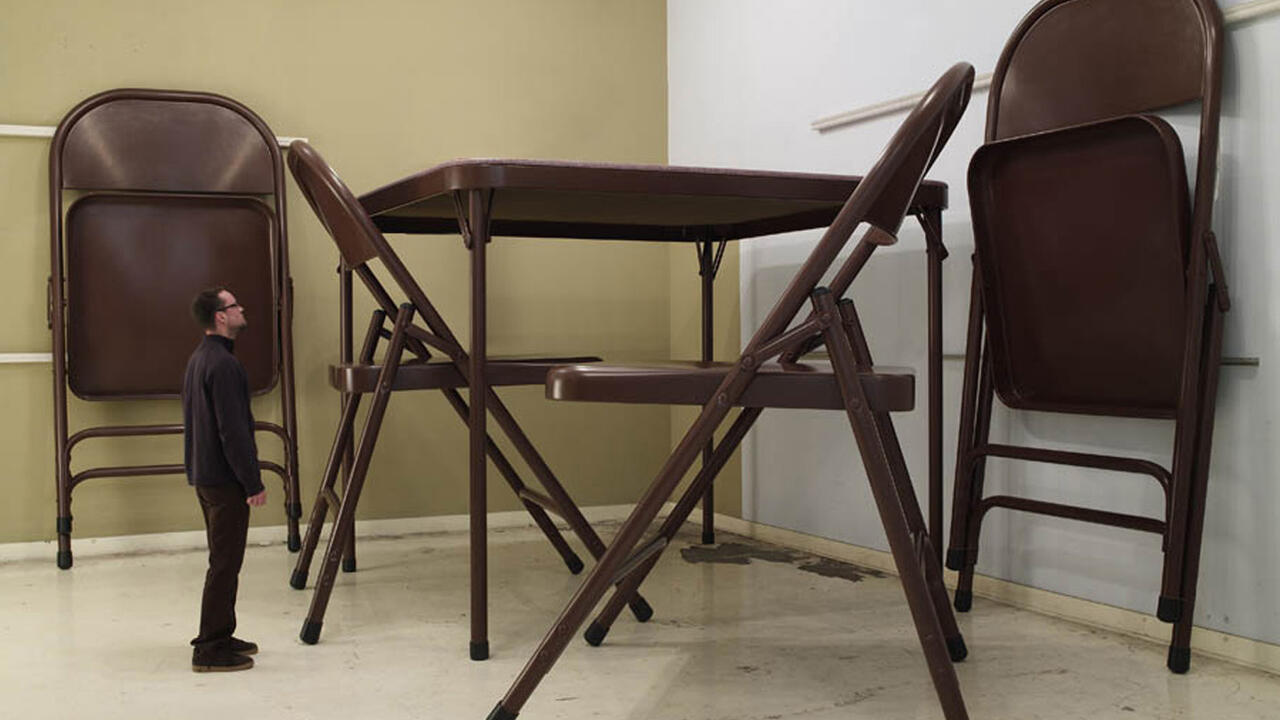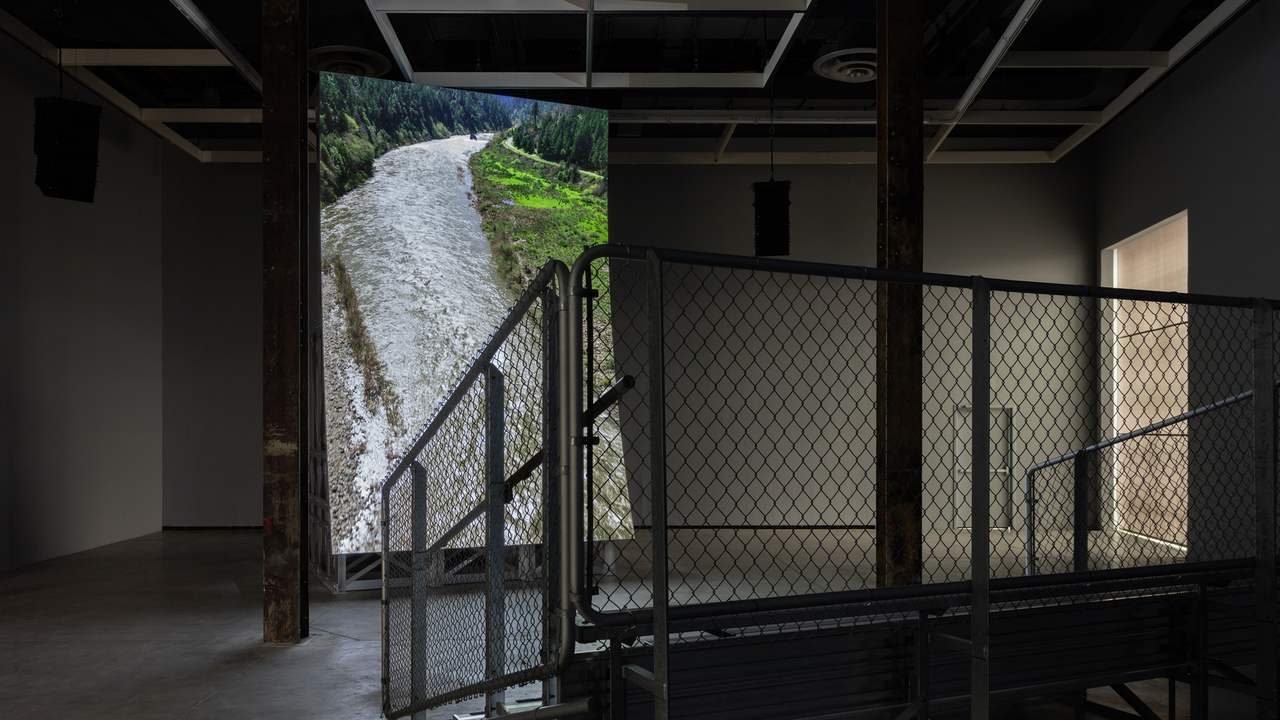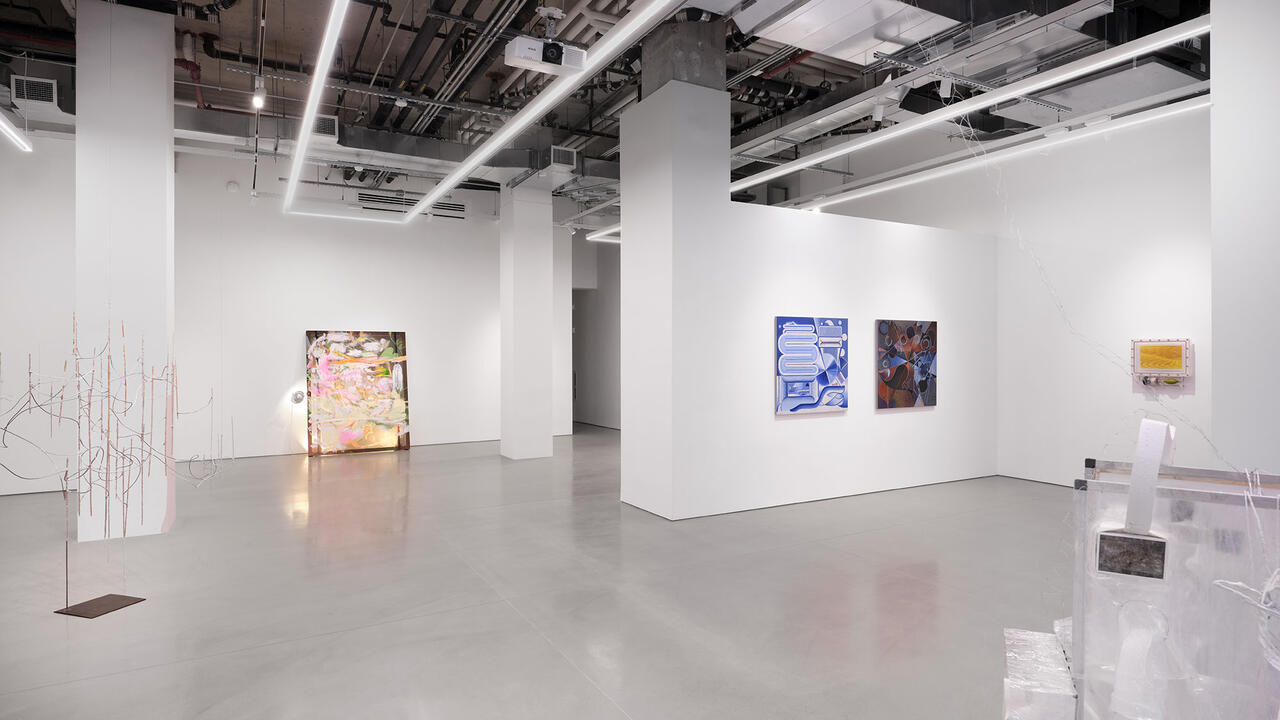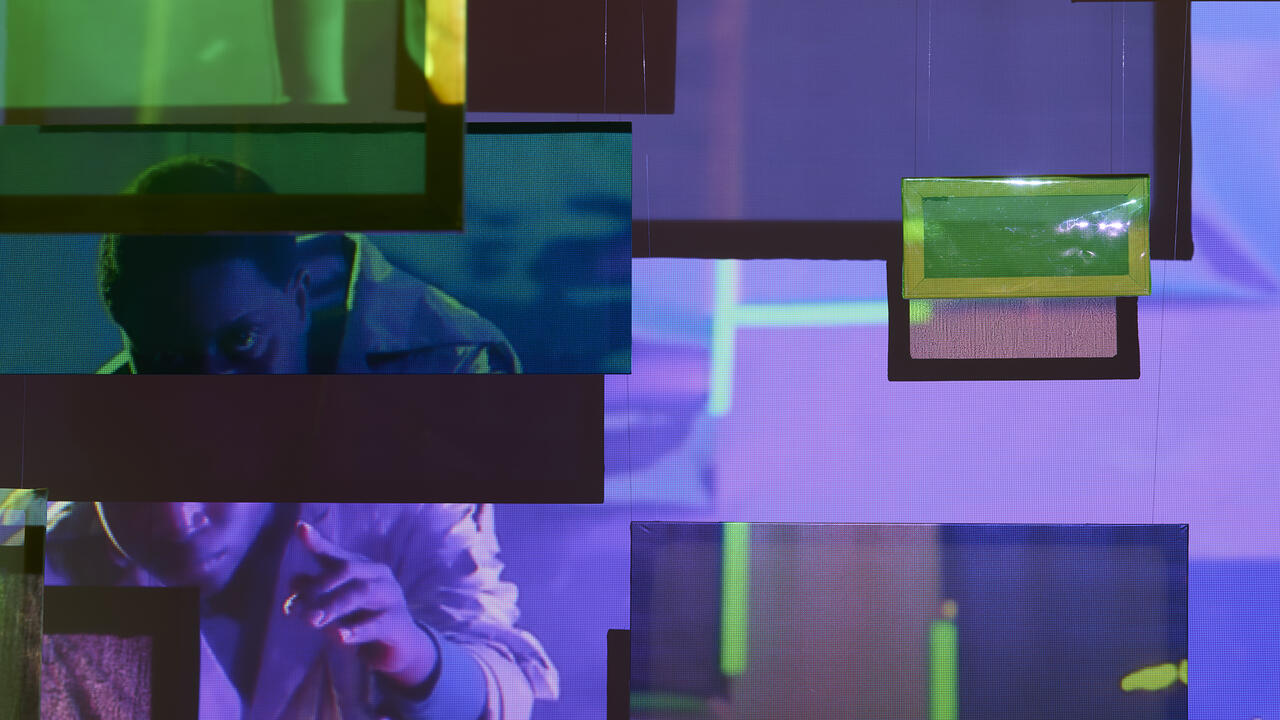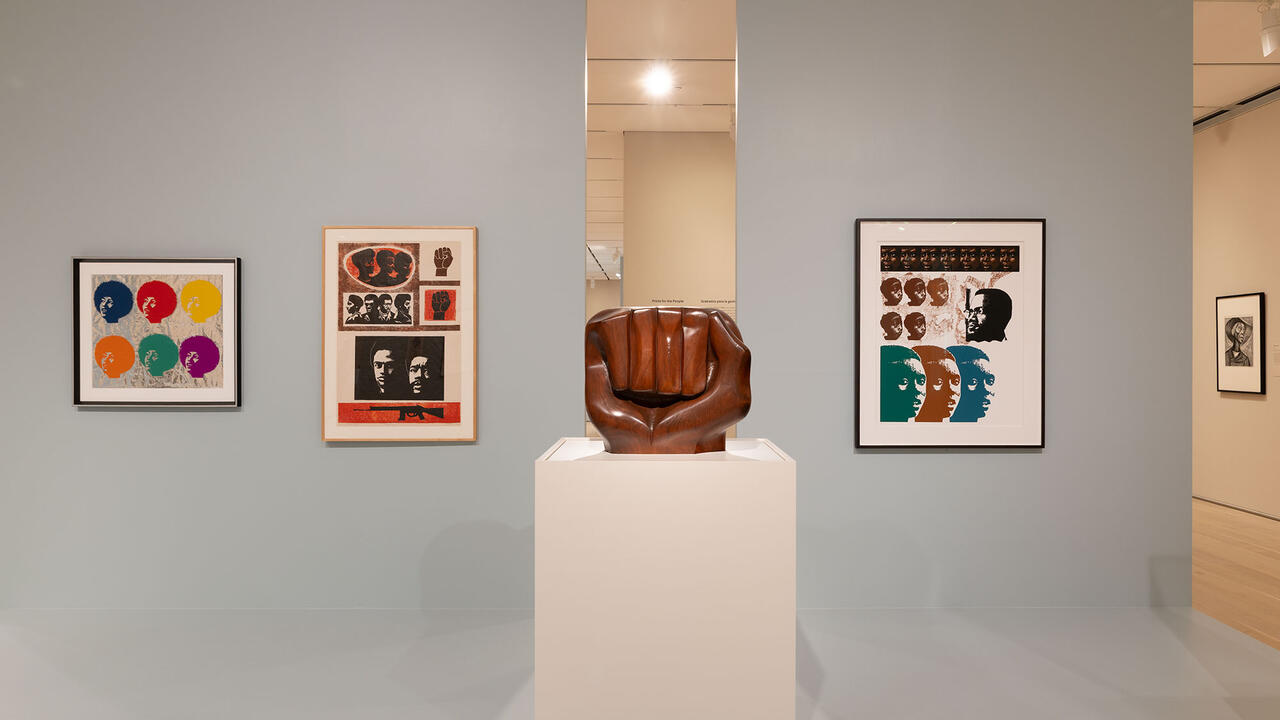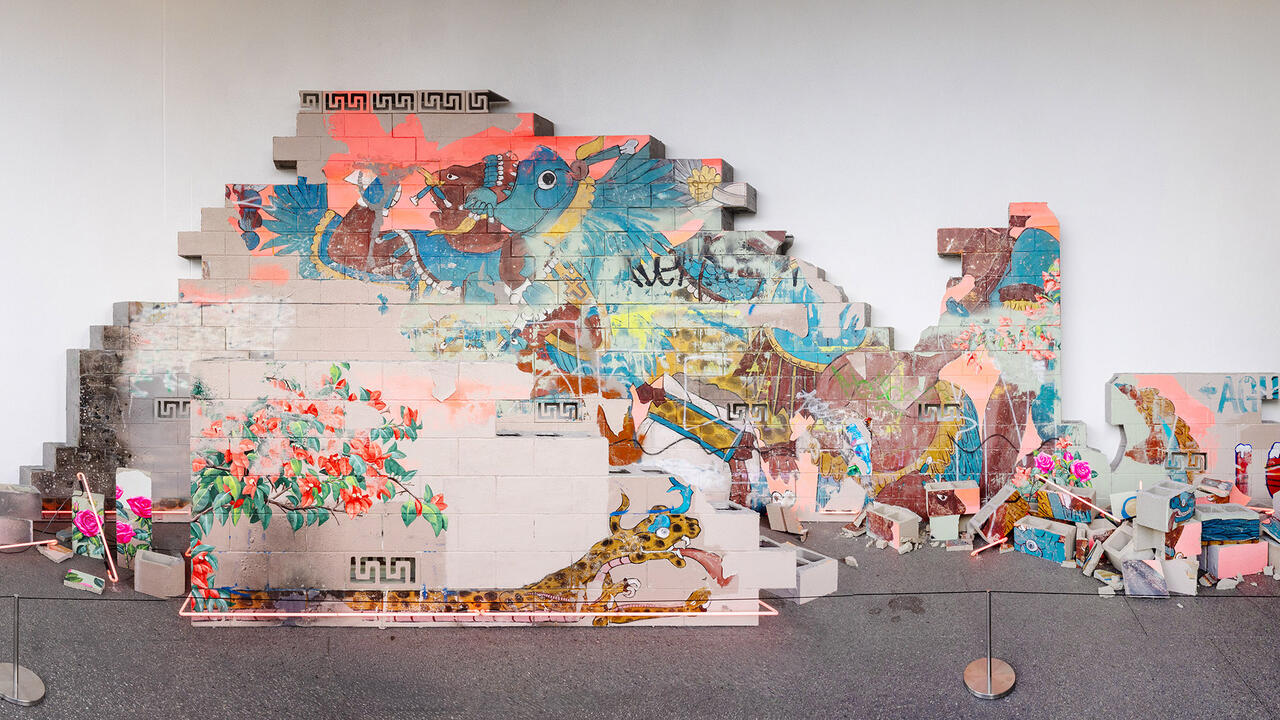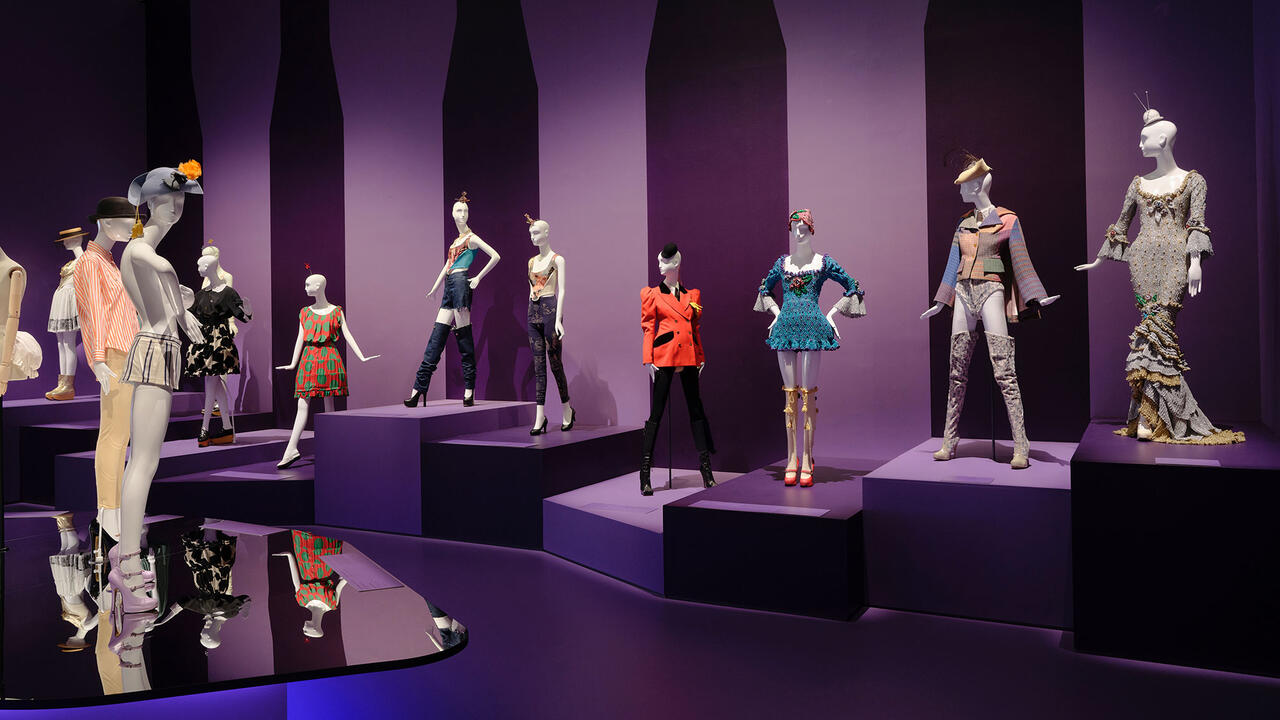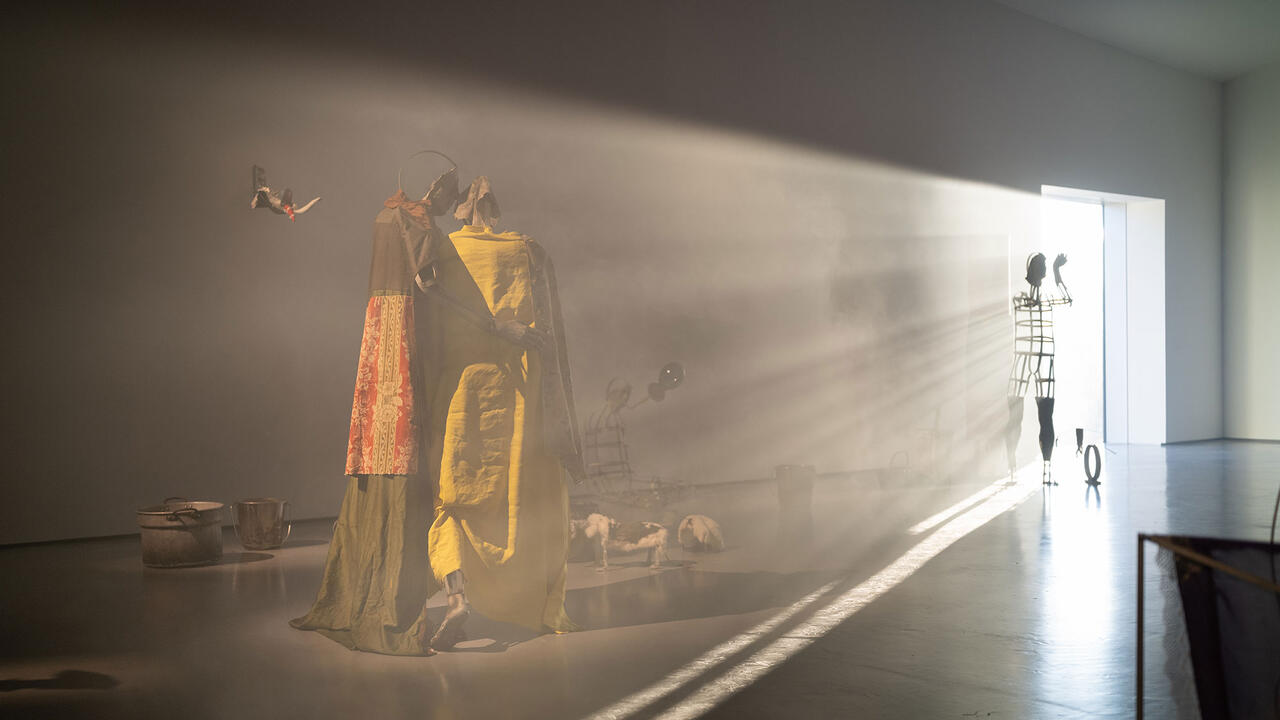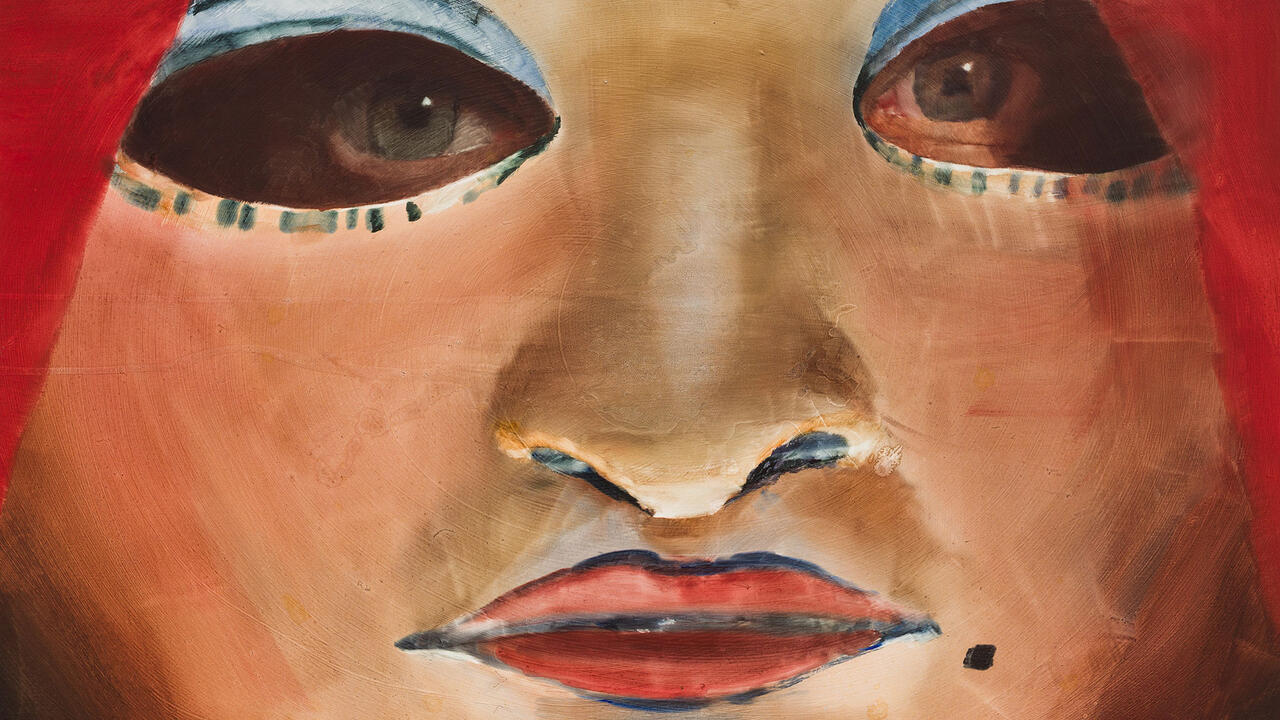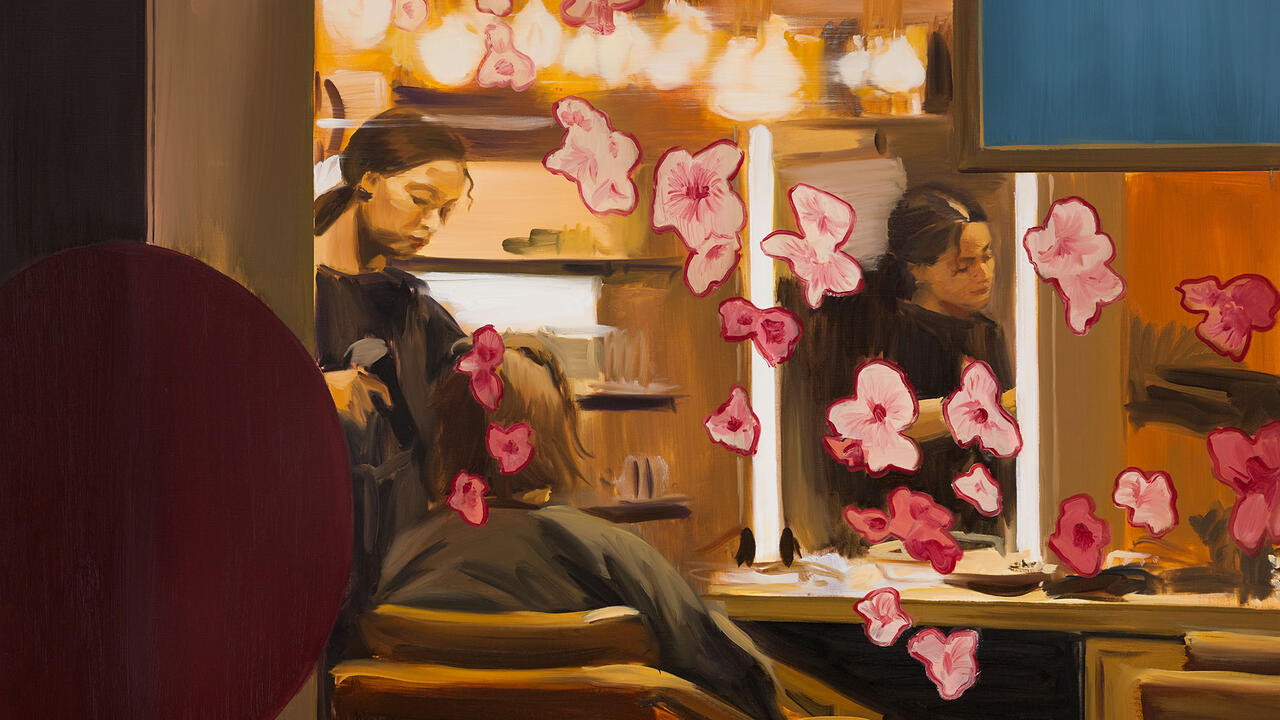Blondell Cummings’s ‘Moving Pictures’
A survey at Art + Practice, Los Angeles, celebrates the artist’s unique combination of photography and dance
A survey at Art + Practice, Los Angeles, celebrates the artist’s unique combination of photography and dance

The first museum exhibition dedicated to the works of dancer, choreographer and video artist Blondell Cummings – who passed away in 2015 – is a tribute to her long and illustrious, yet often overlooked, career. Presented by Art + Practice, in collaboration with the Getty Research Institute, ‘Blondell Cummings: Dance as Moving Pictures’ highlights the artist’s multidisciplinary practice and innovations in modern dance. Originally trained as a photographer, Cummings went on to study dance under Alvin Ailey, Martha Graham and José Limón in the 1960s, and became a founding member of Meredith Monk’s company, The House, in 1968. Cummings is best known for combining photographic imagery with gestural movement to develop a unique style of dance. Showcasing life-sized portraits and rarely seen recordings selected from her personal archive, this long-overdue retrospective places this trailblazing artist at the cutting edge of postmodern art and dance.

When Cummings began choregraphing in 1975, less was more. Movement scores composed of a few carefully selected steps paralleled visual art’s preoccupation with minimalism at the time. Seriality and repetition predominated in antitheatrical presentations of postmodern dance, as did pared-back costumes, facial expressions, soundscapes, set designs and props (if any). White male choreographers, such as Merce Cunningham and Steve Paxton, dominated the space. As an African American woman, Cummings expanded the formal, racial and gender parameters of dance by centring character, cross-cultural community engagement, daily rituals and the intimacies of Black home life. Gestures as simple as scrubbing a floor or packing a suitcase became metaphors for kinship or longing. By combining improvised choreography with elements of theatre, spoken word, personal memories, photography and the moving image, she forged new pathways for cultural expression and experimentation.

In a recording of 1st Tape (1975), Cummings repeats the same movement nine times as the camera zooms in and lingers on different parts of her body: her face, her outstretched hand and the flexion and extension of her feet. Portions of this sequence reappear in The Ladies and Me (1980), an homage to legendary Black women vocalists of the 1930s to 1970s. This continuity underscores how Cummings used the camera to create a living archive – not only documenting the movements themselves but recycling her imagery as part of her artistic practice. In a sense, the camera became her choreographic collaborator. Works such as Chicken Soup (1981) likewise demonstrate the artist’s experiments with form, early colour television and editing. Inspired by Cummings’s memories of her grandmother’s and mother’s kitchens, Chicken Soup – originally a stage production – was adapted by the artist for a televised screening in 1983, which took place in an actual kitchen. While the same gestures and props are present, jump cuts accentuate the rhythm of the soundtrack and Cummings’s movements.

Though the exhibition focuses largely on solo performances, Cummings often collaborated with others. She led public workshops, choreographed and danced in duets and ensemble works, and is present in the archives of peer artists and institutions. Against the backdrop of the Black Arts and feminist movements, Cummings formed the Cycle Arts Foundation, a non-profit space where she invited creative collaborators and community members to discuss menopause, ageing, caregiving, and other women-centred issues. Her organization and her work are rarely discussed in the context of civil rights, yet her process and practice are compelling models for our current moment. Her ‘moving pictures’ incorporate mobility, desire and the operations of chance to engender a new kind of expressivity that exceeds movement. In this way, the exhibition is an invitation to discover (or rediscover) Cummings’s life’s work for stage and screen, as well as to reflect on the methods we use to forge and sustain community in times of upheaval.
‘Blondell Cummings: Dance as Moving Pictures’ is on view at Art + Practice, Los Angeles, until 19 February.
Main image: Blondell Cummings, Cycle, 1978, video still from unedited footage. Courtesy: © The Estate of Blondell Cummings and Art + Practice, Los Angeles









